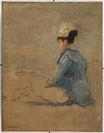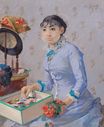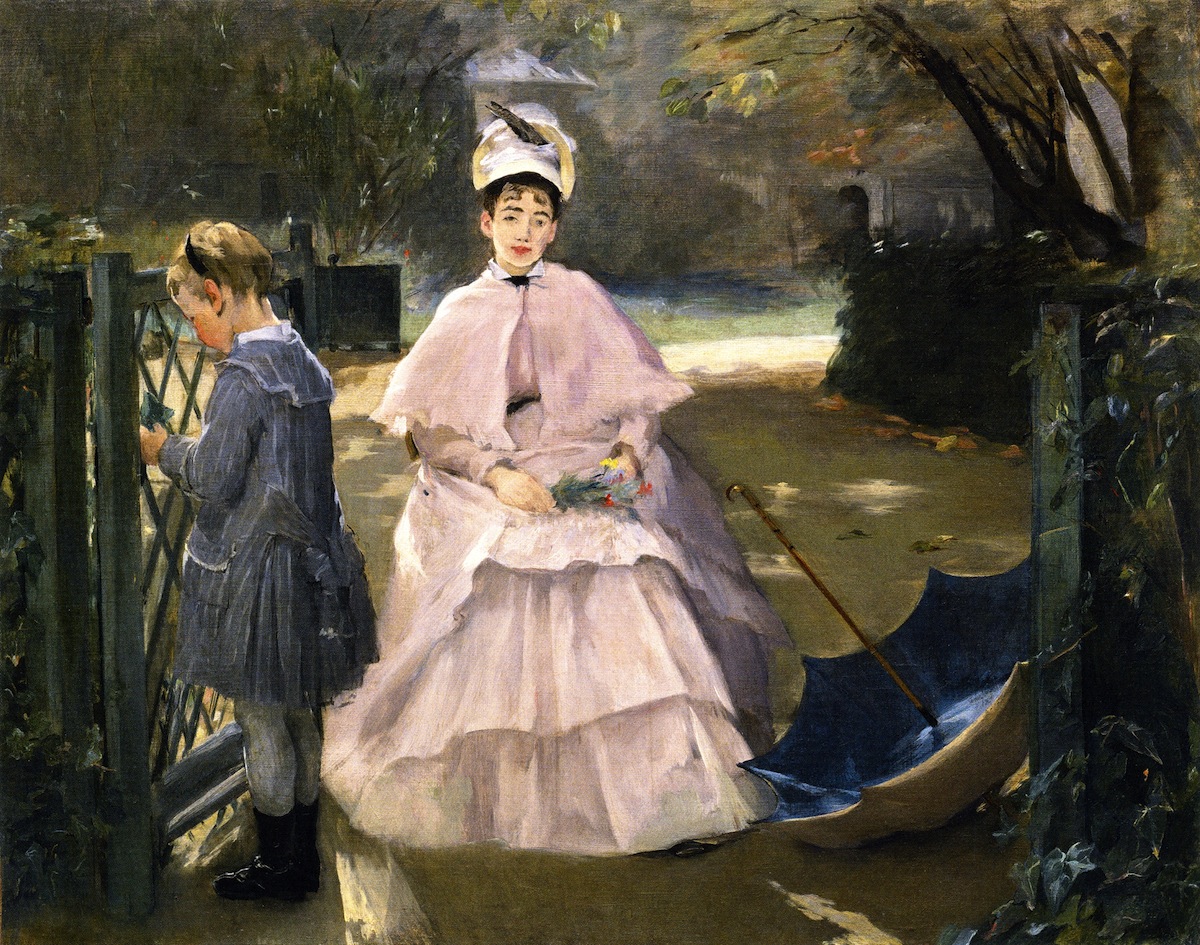Eva Gonzalès - Nanny with a Child 1877-1878
 |
 |
 |
 |
 |
 |
 |

Nanny with a Child 1877-1878
65x82cm oil/canvas
National Gallery of Art, Washington, DC, US
<< Previous G a l l e r y Next >>
From National Gallery of Art, Washington:
Although a close associate of the impressionists who shared their dedication to the portrayal of modern life, Eva Gonzalès never participated in their group exhibitions. Born into an artistic family—her father was a well-known writer and her mother an accomplished musician—Gonzalès discovered her vocation at an early age. In 1865, the sixteen-year-old Gonzalès began her formal studies under Charles Chaplin, a society painter who ran a well-known art studio for women. She remained under his tutelage for two years.
In February 1869, Gonzalès was introduced to Edouard Manet. He painted her portrait and she soon became his student, the only one that Manet ever acknowledged. Manet’s influence was profound. Like her mentor, Gonzalès revealed a marked preference for subjects drawn from modern life, but it is in her technique with its emphasis upon overall tonal relationships and the privileging of form over detail that Manet’s influence is truly felt. This is particularly apparent in early works such as The Little Soldier (Musée Gaston Rapin, Villeneuve-sur-Lot), the painting with which she made her debut at the Salon of 1870.
Nanny and Child is perhaps Gonzalès’ most accomplished work. Executed at Dieppe, a locale Gonzalès frequented throughout the 1870s, this painting is a subtle, yet unmistakable homage to Manet’s great painting The Railway. Gonzalès used the same compelling interplay of figures: the seated nanny who gazes out at the viewer and a young charge who grasps the bars of a fence, her body turned away and her features shown in lost profile. As in Manet’s painting, the brushwork here is lush, the forms vigorously drawn and detail minimized, the palette restrained and low key.